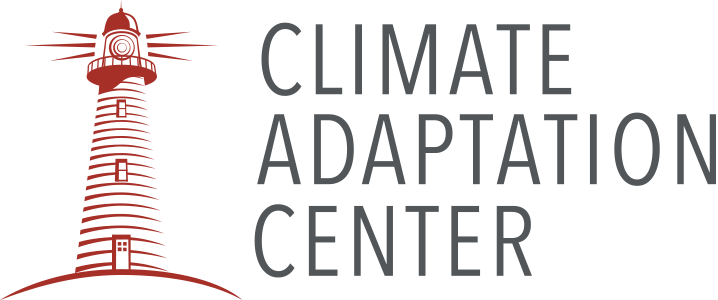The most consequential climate story on Florida’s Suncoast this week isn’t a storm offshore but the heat pressing in from all sides. Tampa tied its highest August temperature at 98°F just weeks after recording its first-ever 100°F day, signaling a new summer baseline for a coast accustomed to humidity but unaccustomed to nights that no longer cool. From St. Petersburg and Bradenton to Sarasota and Naples—and inland through Orlando—hotter days are increasingly pairing with warmer nights, shrinking the recovery window for people, infrastructure, and ecosystems.
The headline number understates the risk. Public health officials stress that nighttime heat, not just blistering afternoons, drives hospitalizations during prolonged hot spells. When evening lows stay elevated, outdoor workers begin the next shift already heat-stressed; seniors in poorly insulated homes lose a margin of safety; and families without reliable air-conditioning see risks compound. National analyses now show nighttime temperatures rising faster than daytime highs in many cities. On the Gulf, it feels like days that bite and nights that cling.
Power systems are feeling the strain. Orlando Utilities Commission recently reported record demand, a proxy for pressures facing Tampa Electric and Florida Power & Light as peak loads climb and linger later into the evening. Utilities that spent years hardening for hurricanes now face a second design condition: persistent heat. That means expanding demand response, adding storage, and safeguarding facilities that keep cooling centers and pump stations online when heat and storms coincide.
That collision is plausible in the weeks ahead. Sea surface temperatures remain notably warm as Saharan dust wanes, historically opening a late-August window for tropical development. Emergency managers from Pinellas to Collier describe “stacked” hazards: a punishing heat wave driving electricity demand, followed by a storm that tests backup power at shelters, senior housing, and low-lying wastewater plants.
The path forward is practical. Extend hours at libraries and community centers during heat spikes. Pair cooling centers with transit routes people use. Prioritize microgrids and backup power for critical facilities. Target tree canopy and reflective surfaces to the hottest blocks. And add heat metrics—nighttime minima, consecutive hot nights, ER visits—to local dashboards. Treat this week’s records as design conditions, and the Suncoast can stay open, safer, and livable through the peak of summer and the heart of hurricane season.

